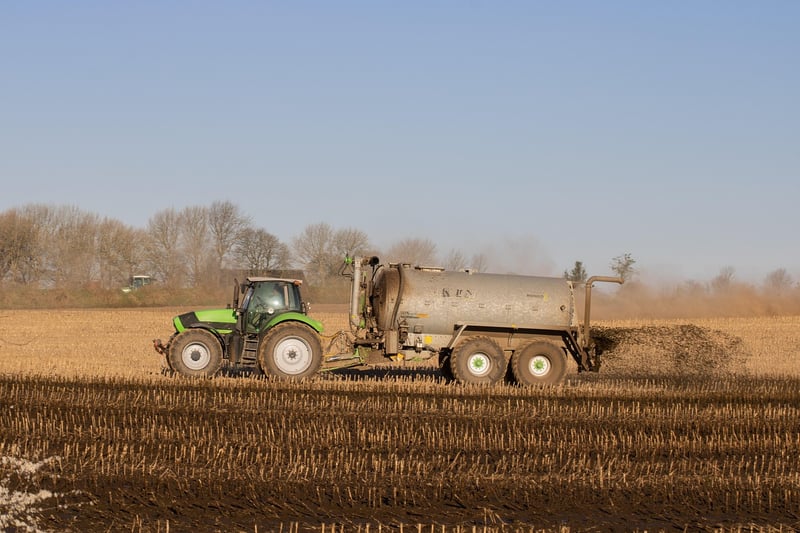Fertilizing Practices
#Indoor Gardening
#Outdoor Plants
#Plant Health
Guidance for Healthy Plants and Effective Fertilizing Practices
The Importance of Fertilizing
Fertilizing is crucial for the health and vitality of your plants. It provides essential nutrients that may be lacking in the soil, promoting robust growth, vibrant blooms, and overall plant health.
Types of Fertilizers
There are two primary types of fertilizers: organic and synthetic. Organic fertilizers are derived from natural sources such as compost, manure, or bone meal, while synthetic fertilizers are chemically manufactured.
Organic Fertilizers
- Compost
- Manure
- Bone Meal
- Fish Emulsion
Synthetic Fertilizers
- Nitrogen-based
- Phosphorus-based
- Potassium-based
Best Practices for Fertilizing
- Read and follow the instructions on the fertilizer package.
- Avoid over-fertilizing, as it can harm your plants.
- Apply fertilizer at the right time, typically during the growing season.
- Water your plants after fertilizing to help nutrients penetrate the soil.
- Consider soil testing to determine nutrient deficiencies and fertilize accordingly.
Images for Inspiration
Here are some images to inspire your gardening endeavors:


Additional Resources
For further reading on plant care and fertilizing practices, check out these resources:
The Old Farmer's Almanac - Fertilizing Plants 101University of Minnesota Extension - Fertilizing Gardens, Landscapes, and Lawns
